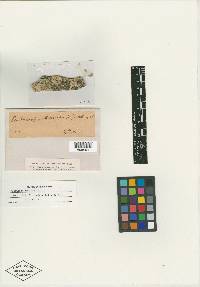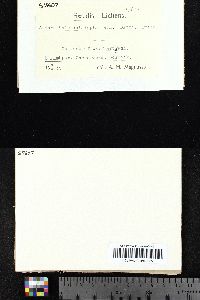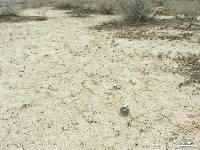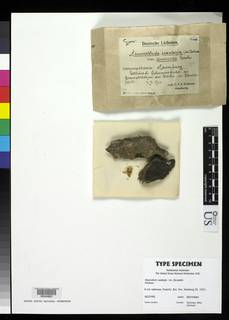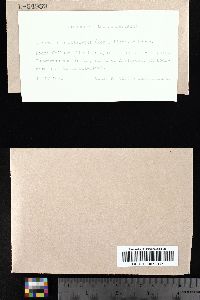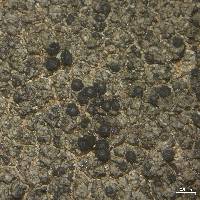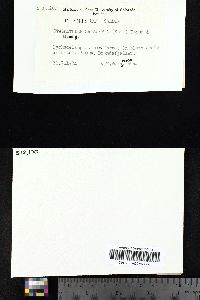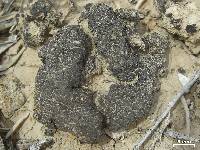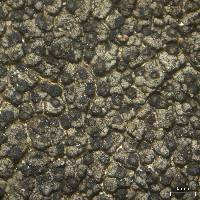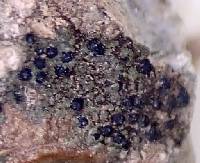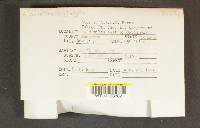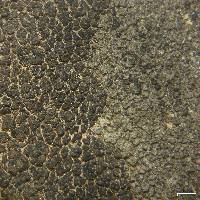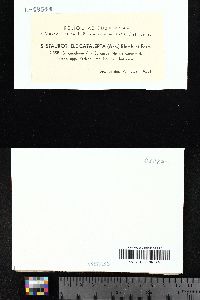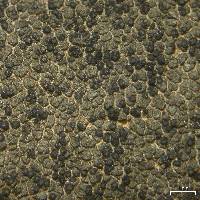
Consortium of Lichen Herbaria
- building a Global Consortium of Bryophytes and Lichens as keystones of cryptobiotic communities -
- Home
- Search
- Images
- Species Checklists
- US States: O-Z >
- US National Parks
- Central America
- South America
- US National Parks
- Southern Subpolar Region
|
|
|
|
Family: Verrucariaceae
[Endocarpon monicae Zahlbr., moreStaurothele catalepta (Ach.) Blomb. & Forss., Staurothele catalepta f. ambrosiana (A. Massal.) B. de Lesd., Staurothele catalepta f. catalepta (Ach.) Blomb. & Forssell, Staurothele catalepta f. flexuosa B. de Lesd., Staurothele catalepta f. grisea (Vain.) Szatala ex Gall{?}, Staurothele catalepta f. lithina (Stein) Grummann, Staurothele catalepta var. catalepta (Ach.) Blomb. & Forssell, Staurothele catalepta var. cinerea B. de Lesd., Staurothele catalepta var. elegans (Wallr.) Zschacke, Staurothele catalepta var. fluviatilis Erichsen, Staurothele catalepta var. tegulicola B. de Lesd.] |
Nash, T.H., Ryan, B.D., Gries, C., Bungartz, F., (eds.) 2002. Lichen Flora of the Greater Sonoran Desert Region. Vol 1. Thallus: crustose, areolate areoles: angular, sides vertical, closely compacted, 0.1-0.3 mm broad surface: dull greenish-brown varying to orange-brown, in the mass the color is nearly greenish yellow or olive-gray; usually only slightly convex Perithecia: with base partly immersed in the areoles involucrellum: black, very prominently projecting above the areoles (not within as in S. areolata); exciple: black; hymenial gelatin: I+ blue asci: broadly clavate, 2-spored ascospores: ellipsoid to narrowly ellipsoid, greenish initially, soon becoming dark brown, muriform 7-8 (-12)-septate transversely, 2-3 septate longitudinally, 26-60 x 10-26 µm Spot tests: all negative Secondary metabolites: none detected. Substrate and ecology: on calcareous rocks at altitudes ranging from 700-3600 m World distribution: North America, from California to Minnesota Sonoran distribution: Arizona to Sonora, 100 to 2300 m. Notes: In Hasse's Lich. Exs. 212 (W, ASU), it is reported as Endocarpon monicae Zahlbr. In comparison with S. areolata, S. monicae is duller and the areoles are not as convex. |
Powered by Symbiota




